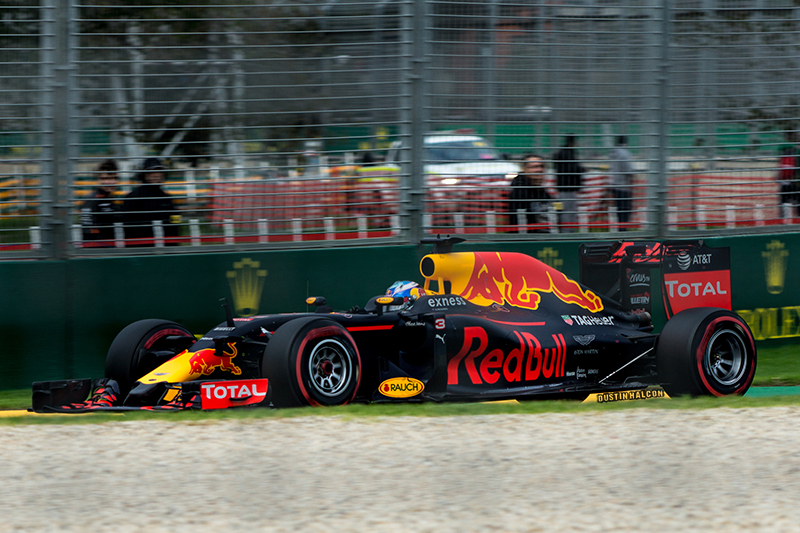
‘Digital twins’ are in the headlines this year and I have attended two events focusing on digital twins in the last few weeks. The first was in the context of the built environment and the second in aerospace and it was interesting to compare the approaches.
A digital twin is a digital replica of a physical system and can be used to gain insight into the operation of its physical counterpart. Formula 1 teams use highly complex digital twins for their race cars. The car is modelled and simulated to a high level of detail and data is collected in real time from the physical car to feed into the simulations in the digital twin. The digital twin can be used to predict the performance of the car to help improve its design, and the data collected from the car refines the accuracy of the simulation.
The Centre for Digital Built Britain (CDBB) hosted their Summer Showcase on 12th September, reporting on CDBB supported research. The keynote was from Paul Clarke, Chief Technology Officer at Ocado and was truly mind expanding. I thought of Ocado as a groceries home delivery service and had a mental image of their early warehouses with crates moving around the warehouse on conveyors in three dimensions. But Ocado is now a hub for digital technologies, and they are selling their technology around the world as the ‘Ocado Smart Platform’. The latest Ocado automated warehouses are populated with swarms of wheeled robots that pick the customers orders by traversing a huge 2D floor grid, picking up the items from baskets under the floor and delivering them to the crates for packing into customer orders. Take a look at the video to see how it works: https://youtu.be/4DKrcpa8Z_E . Ocado simulated everything during the development of their warehouses and has created a digital twin of both its warehouses and delivery systems.
Professor Andrew Neely introduced the national digital twin project that aims to develop an “ecosystem of connected digital twins enabling better decisions faster across the built environment”. Other research of interest was Dr Li Wan’s research into how a city-level digital twin can be created. His research presented an ambitious view of a digital twin of an entire city based on a realistic digital representation of urban assets, processes and systems. There was also related work by Ajith Parlikad and Dr Jennifer Schoolings into the governance of digital technology and its implications for the city-scale digital twin. They highlighted the challenges of upscaling an engineering digital twin to a city-wide model.
The Royal Aeronautical Society’s conference “The Real World’s Counterpart: Digital Twins – The present and the future” on 8th October presented a range of applications of digital twins from aircraft engines to manufacturing systems and beyond. A highlight was Mr Clinton Davies-Taylor’s presentation on the Living Heart project that has created a digital twin of the human heart. A huge collaborative team has created high quality simulations of a human heart, that can be used to plan heart surgery and understand the heart’s behavior. You can find our more here: https://3dexperiencelab.3ds.com/en/projects/life/living-heart/
Jonathan Eyre from the Advanced Manufacturing Research Centre highlighted the lack of consistency in the definition of digital twins. Currently it seems that any complex product simulation is claimed to be a digital twin, but a key element of a digital twin must be the link to a physical product.
So, what are the benefits of developing a digital twin? Today, it is products that require high levels of maintenance and reliability that show the most benefits – aeroengines, F1 cars, manufacturing systems. The extension of digital twins to a broader range of applications like cities and whole nations looks like it has potential, but there is more work to be done to prove the benefits.
We are developing a new Open Digital Prototyping Laboratory in the Design group at the Open University and will be investigating digital twins of complex products and buildings as part of our research. We are keen to hear from potential partners or PhD researchers who would like to work with us, email me at helen.lockett@open.ac.uk.

Leave a Reply